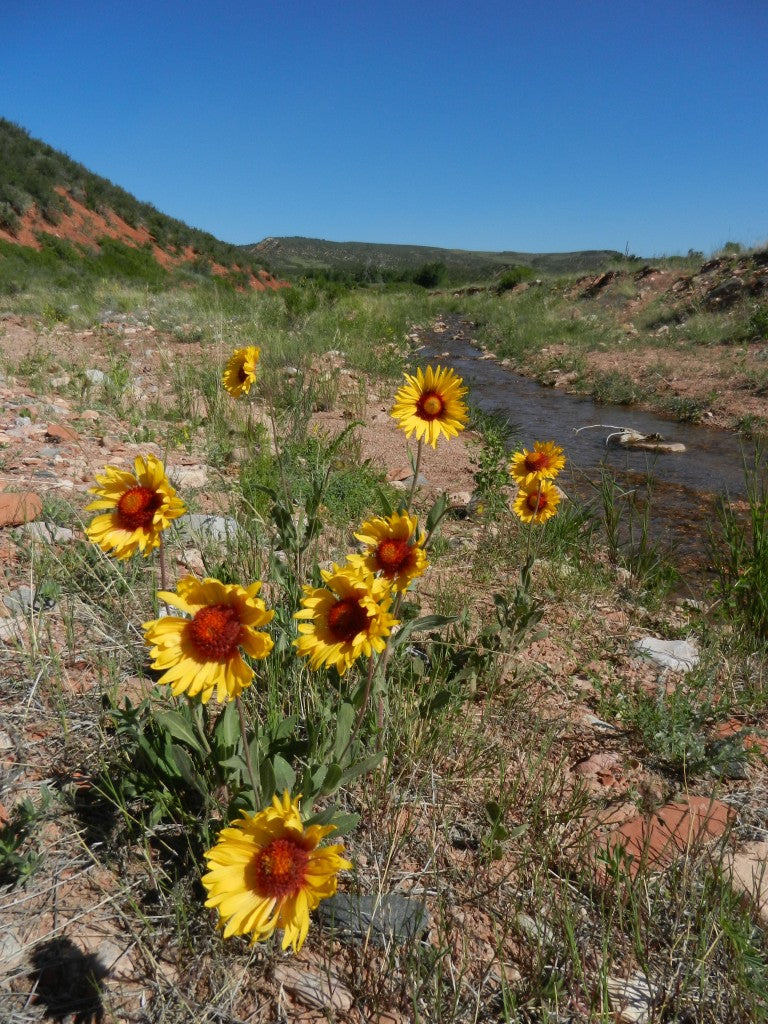
Splitrock Environmental
Brown-Eyed Susan
$7.50
Brown-Eyed Susan is a bright yellow flowering perennial with a slender taproot and several hairy, unbranched stems. As Brown-Eyed Susan is quite beautiful and easily grown from seed it is commonly used in garden settings.
| Latin Name | Gaillardia aristata | |
| Type | Forb | |
| Height and Spread | 0.2 – 0.7 m tall. | Up to 0.5 m spread. |
| Bloom Colour | Bright yellow with an orangeish red centre. | |
| Bloom Months | May to late summer. | |
| Foliage Colour | A medium-dark green colour that are hairy. | |
| Seed Months | Late summer. | |
| Light and Water | Likes open areas – grasslands and open forests. | Grows in dry to medium-dry areas. |
| Ethnobotany Information | Brown-Eyed Susan was traditionally used in a wide variety of ways. The Okanagan peoples made a solution from the plant to alleviate kidney problems. The Secwepemc would use a similar type of solution as dandruff shampoo. | |
| Wildlife Uses | Brown-Eyed Susan provides a rich food source for wildlife species, ranging from its abundance of seeds in the late summer, to its taproot and flowers earlier in the year. | |
| Garden Uses | Brown-Eyed Susan is widely cultivated in garden settings. There are many garden varieties of Brown-Eyed Susan, but the species native to here is equally suitable and beautiful to seed into ones garden. | |
| Facts | This plant is also sometimes called ‘Blanket Flower’ which is said to either refer to its beautiful flowers which inspired designs on blankets, or its ability to ‘blanket’ a forest floor. | |
| Propagation Techniques | Brown-Eyed Susan is most easily propagated by seeds. | |
Your cart is empty
Continue shopping

